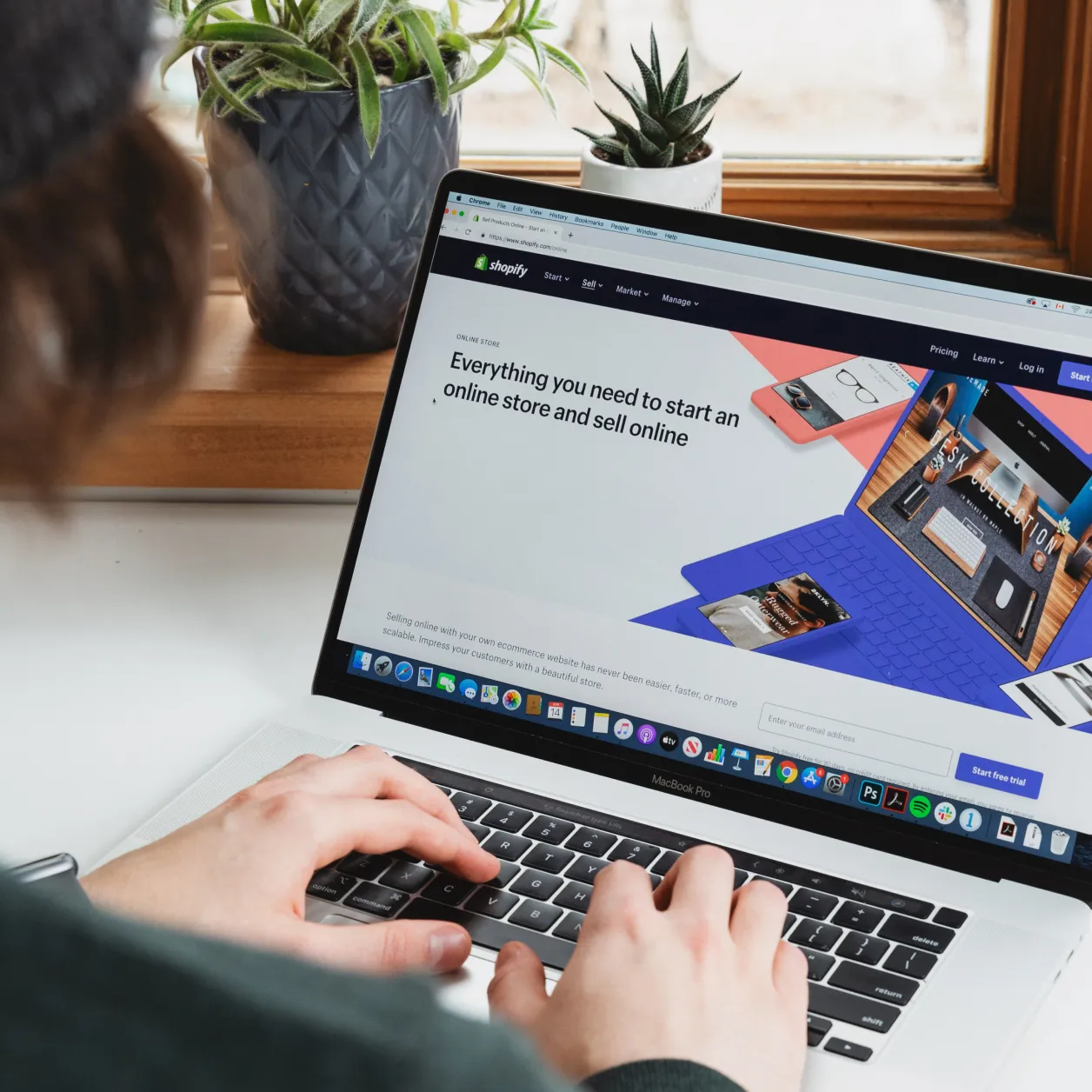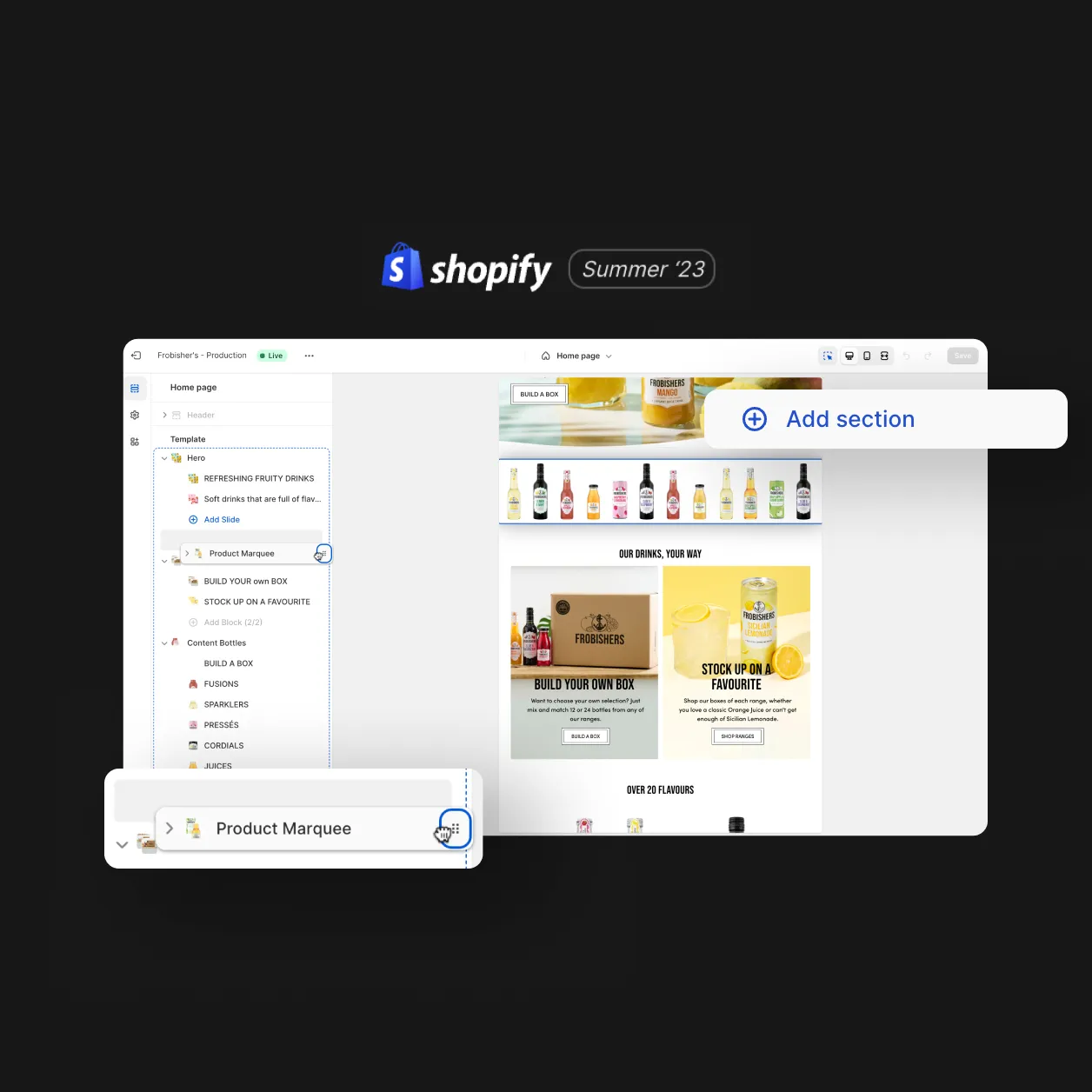
In our article ‘Ultimate Guide to Subscription Ecommerce 2020‘ we begin to cover which platform is best for subscription ecommerce. This article however, goes into detail about what you need to consider for your subscription business model and how that impacts the criteria needed to determine the best ecommerce platform for subscriptions. It’s not a straightforward answer because businesses are rarely straightforward. However, we have tried to explain as clearly as possible for those entering the subscription economy.
Best Ecommerce Platform for Subscription
When most people ask which ecommerce platform is best for subscription, what they’re really asking is which one has the best CMS (Content Management System), the best payment gateway and the best front-end design capabilities. These are all individual features that require consideration.
The cloud-commerce platform Shopify is often on the list for new subscription businesses due to its accessibility, however it is essentially a software that provides solutions for elements of your website – the CMS, hosting and security updates. The design and payment gateways are separate considerations. Subscriptions for WooCommerce is a plugin (packaged up code) to the WordPress CMS. Again, design and the ability to provide recurring payments are separate to this.
Below, we will explain the considerations required to help provide you with the information to make the best decision for your business.
1. Front-End Design for Subscription Websites
Let’s start with what the consumer sees and the how most clients judge a competitor website – front-end design. Most websites are judged by how they look (the layout of pages, the pictures used, the animation and fluidity) but this is separate to how they function in the back end CMS (how you manage orders, process delivery info, give the warehouse a packing list, clean code, SEO, etc). There are pretty Shopify sites and ugly Shopify sites, modern WordPress sites and ones that seem old-fashioned. Think of front-end design as the face or head of a website and backend website as the body.
The reason front-end design is often the barometer of a ‘good ecommerce website’ is because that is all a consumer sees and the option of a template or theme has blended the front-end and back-end by providing out of the box solutions that cover both. We’re often asked if a template can be used for subscription ecommerce – the long answer to that is here but in summary, no.
To be clear, the front-end design is pretty unrelated to the quality of a subscription platform. However, most businesses use the back-end CMS to help edit the front-end design. This includes changing photos, banners, headlines etc. You can also take the design one-step further with headless CMS (e.g. BigCommerce, CraftCommerce, using just the Shopify API) where the front-end design is completely separate from the back-end but this usually only occurs when you’re talking about a business at a large scale, beyond a single website and focusing on sites for different territories or apps.
Summary: Regardless of the platform, invest in a good UX/UI designer (different from a developer or graphic designer!) You need an individual that understands technical restrictions, device sizes, mouse hover states and movement on mobile.
2. Content Management System for Subscription Websites
Depending on the complexity of your product, a cloud commerce solution such as Shopify is a great starting point as it has a strong CMS geared up specifically for ecommerce. This means that it’s fairly intuitive to add products, change page copy, create variations and manage orders. If you’re a content-rich website already using an open-source CMS such as WordPress, then a plugin such as WooCommerce Subscriptions is a good alternative.
The reason why Shopify and WordPress/WooCommerce are often compared is because of their CMS being a great option for both startup and scaleups. It integrates nicely with templates and themes, has no/low costs and means you don’t need to code to change elements of the front-end design. However, while very popular – there are other CMS options.
Wix, Webflow or SquareSpace are all no-code or low-code CMS options if you’re working with a basic portfolio website for a small business but they are limited. By being intentionally restrictive, it means they aren’t easy to break but they also lack the flexibility to allow scale or to run efficiently. SuLu or BigCommerce are the other end of the scale, excellent CMS options but headless and generally too large for startups unless they have a significant investment or IP to make the cusomistaion worth it.
Summary: Shopify is a great ecommerce-centric CMS that allows you to start small and scale up to Shopify+ when ready.
3. Recurring Billing & Payment Gateways
The biggest challenge to creating a subscription is facilitating recurring payments. Certain apps such as ReCharge or Bold Payments can provide this for a monthly fee and transaction fee. This is one reason why understanding your margins early is so important, as both of these services take at least 1% of every sale. This might not sound like much but if you’re a low-cost, high-volume model – 1% makes a big difference.
In our experience, ReCharge is the most reliable of these recurring billing apps. They are quick to respond and react to industry changes such as the recent updates to the Shopify Subscription API. Subscription is all ReCharge does whereas Bold payments have a variety of apps and while subscription is a focus, it is not as specialist or as quick to respond to integrations queries.
The biggest misconception with these apps, is that they are ‘plug and play’. Meaning that you can set them up quickly and they will integrate instantly. It’s important to understand that each app is a feature. We often tell clients that it’s a bit like buying a new sink, you haven’t got to create the sink from scratch – it comes with basin and taps – but it still requires ‘plumbing in’. Sometimes this is easy, sometimes this is complicated. It usually depends on the combination of other apps that are in use and if there are any conflicts that need to be addressed.
Summary: There are different solutions to recurring payments but each one requires extra work to ensure they operate as intended. Consider the pricing and how that impacts your margins, as well as the reliability you will require when operating at scale.
Understanding Your Product Type
All of the factors above are only worth evaluating if you have a clear understanding of what type of subscription based business you will be offering. Will it be software as a service (Saas) or a physical product?
An example of a SaaS would be a subscription service such as an app or membership that require a regular billing cycle to access, such as Spotify or Netflix. A physical product could be a subscription box with items you need to replaced regularly, such Dollar Shave Club’s razors.
Key Questions To Answer:
Once you have clarity on the type of subscription based ecommerce you want to focus on, you need to drill down into the detail of your subscription business:
- Does a user have to subscribe or are they able to complete a single purchase? Does my website need to enable both options?
- How often is the subscription and how much flexibility does my business need to provide?
- Will it be the same product every cycle or will it change? For example a coffee company is likely to deliver the same quantity of coffee pods each week/month but a meal-kit company might have different menu’s each week.
- Depending on the answers above, you will need a custom portal (login area) for customers to access. How many features within this are essential vs. nice to have?
- Does your subscription feature need to bolt onto an existing website or online store?
- What are my margins for best case (subscribes for multiple cycles) and worse case (subscribes once then drops off) scenario?
These questions should be considered before you start work on a website but on the whole, Shopify is a reliable ecommerce subscription platform and the best all-rounder in our opinion. Combined with great custom front-end design and the ReCharge app, your subscription business will be able to flourish. Nevertheless, each layer of complexity will impact the best technical solution for your ecommerce site and how much can be achieved ‘out of the box’ with apps or plugins.
If you want any consultancy or help mapping out the tech stack for your subscription business, please get in touch.
Design
Inspiring behaviour change through visual experiences. Our digital design services ensure instant clarity and visuals that cut-through in a cluttered market.




